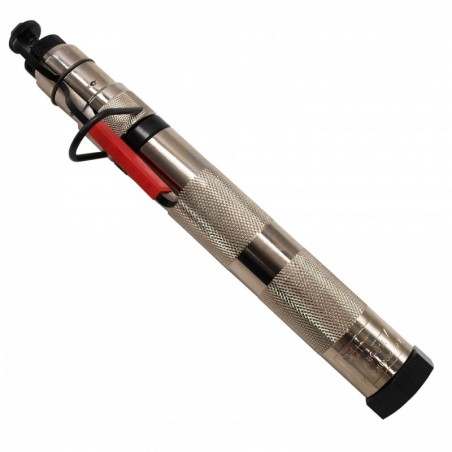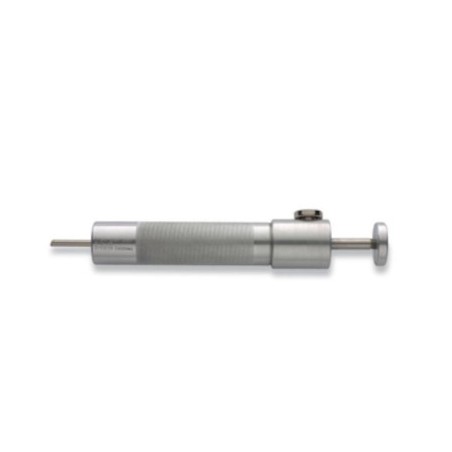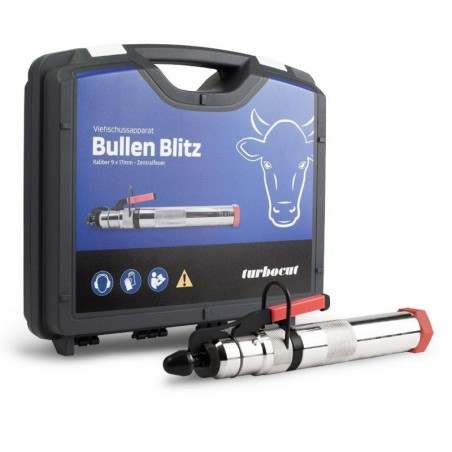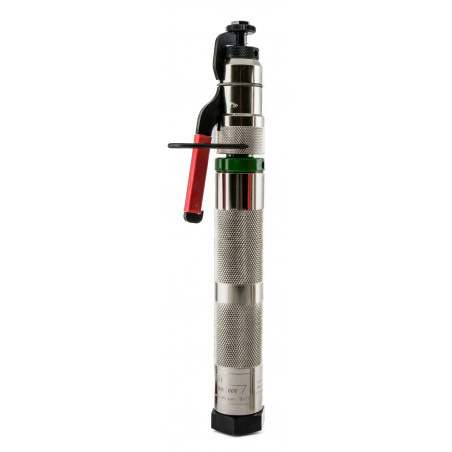The timely euthanasia of pigs is a complex and emotional issue. Decision-making in this regard is not only based on technical criteria, but also on human values, emotions, and perceptions. As we dive into our staff's perspective, we discover a number of interrelated factors that make this task challenging:
1. Culture and Commitment to Animal Welfare: Our staff is rigorously trained to ensure the survival, health, and welfare of the pigs so they reach the market in optimal conditions. This training can be so internalized that it creates a mental predicament or contradiction that can make the decision to euthanize more difficult.

2. Training (Hope vs. Reality): The hope that a sick or injured pig will recover is innate in our personnel. However, discerning between this hope and the reality of the situation can be challenging especially if we are talking about personnel that are in the training process. A study conducted by Magnus et al. (2018) highlights that employees with less than two years of on-farm experience were more reluctant to perform euthanasia protocols.
3. Psychological Impact of Euthanasia: The emotional burden of euthanizing live animals should not be underestimated, especially mass euthanasia, as in the case of health outbreaks. The relationship that workers establish with the animals, coupled with the difficult nature of euthanizing them, can have significant psychological consequences. Research by Román et al. (2021) examines staff perceptions of euthanasia in dairy cattle, while other studies indicate a high prevalence of psychological distress among beef slaughterhouse employees (Leibler et al., 2017; Slade and Alleyne, 2021). These works underscore the need to implement support measures for these professionals to mitigate stress. Such findings can be extrapolated to the context of the swine industry.
4. Balancing Efficiency and Work Load: While it is essential to maintain operational efficiency, increasing the number of pigs destined for the carcass disposal container can result in significant labor and emotional overload for the team that they may wish to avoid or put off.
5. Ethical Dilemmas and Empathy: Staff, because of their empathetic nature toward pigs, may believe that keeping a pig alive, regardless of its health condition, is the most humane option. A study by J-L Rault et al. (2017) mentions significant differences regarding reluctance to the euthanasia process between male and female personnel according to their perceptions of empathy towards animals.
Recognizing when it is most compassionate to end suffering is crucial to complying with established animal welfare protocols.
6. Economic Implications: The effort and financial investment that has been put into each animal can create the perception that a return on investment should always be sought. However, unduly prolonging the life of a non-viable pig will only increase costs and the suffering of the animal. It is important to emphasize that as a pig grows, so do the associated costs, given the health and management programs to which it has been previously exposed.
7. Influence of Incentives and Goals: In some cases, reward or penalty systems, based on volume of pigs to be transferred or budgeted mortality rates, can generate tensions and contradictions in decision making both within the farm and in customer-supplier relationships.
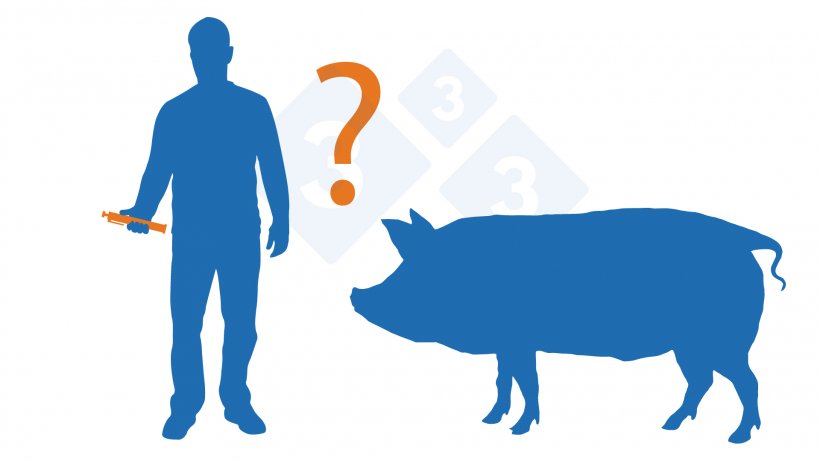
Recommendations to implement
The following are a series of recommendations focused on improving your farm's operation and welfare:
1. Animal Welfare Training: It is essential to provide your team with thorough animal welfare training, which should include being able to recognize when a pig is no longer in a condition to recover and requires euthanasia. The aforementioned studies suggest that personnel with more training are more proactive in performing euthanasia.
2. Rotation in Euthanasia: To mitigate the emotional impact on the personnel in charge, it is recommended to alternate who is responsible for performing euthanasia. In addition, it is crucial to use the appropriate method for each productive stage of the pig.
3. Psychological support: Implementing a psychological support program, including regular sessions with professionals specialized in trauma and work stress, can be very helpful to the team and to new employees in particular. This, together with forming support groups among colleagues, can create a healthier and more supportive work environment. A practical measure to have the staff with over two years of on-farm experience perform most of the euthanasia.
4. Investment in Equipment: Specialized equipment is recommended to quickly and safely manage dead animals without compromising the farm's biosecurity.
5. Clear Protocols: Having detailed and well-communicated protocols for irreversible lesions that warrant euthanasia is essential, ensuring that all personnel understand and apply them correctly.
6. Awareness of Production Costs: It is vital for workers to understand how certain actions, such as medical treatments and vaccinations, influence production costs and how delaying these tasks will increase the cost of pig production.
7. Integrated Incentives: The incentives offered must be linked to all stages of the production chain to promote teamwork and prevent isolation between different production sites.
8. Management of Mortality Indicators: When addressing mortality indicators, it is crucial to focus on identifying and addressing the root cause of the problem, and avoid imposing an extra burden of stress on the team. This is critical to avoid undue practices that delay proper euthanasia, which could increase the health pressure on the farm.
Conclusion
All staff involved in pig rearing has the obligation to ensure pig welfare and the quality of the final product. We recognize that personnel face significant ethical, emotional, and economic dilemmas, which need to be addressed with a holistic approach that combines scientific knowledge, ethical principles, and deep empathy.
Awareness of the cost of mortality
To conclude, we are providing a reference table that shows the incremental costs associated with pig mortality according to their stage of production, which can be adjusted according to the specific costs of your operation. Figure 1. Incremental cost of mortality by week of life. Source: Velarde (2023).





